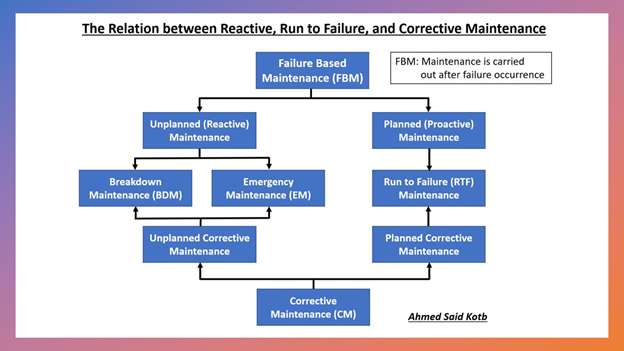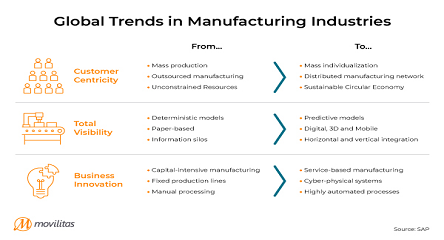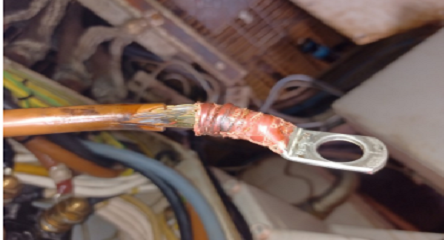About the Author
Asset Management and Reliability Team Leader with more than 33 years of experience in Maintenance and Reliability, Maintenance Planning and Scheduling and Asset Management fields. More than 26 years of experience in the Oil and Gas industry in international leading companies (Shell, BP and Total) including more than 22 years in Maintenance Planning and Scheduling.
Certified Asset Reliability Practitioner (ARP CAT-I) from Mobius Institute. Certified Trainer from the International Training & Consultancy Forum (ITCF).
Led several CMMS/AMS system Implementations. Experience of EPC Mega Projects where Led the Asset Management Team and one of the largest Asset Management System implementation projects in the Middle East for ADNOC Offshore new fields (EPC mega projects in UAE) that involved more than 180,000 assets.
Experience involved leading several Teams such as Maintenance Planning and Scheduling Teams (3 times), Asset Management Team, Asset Management System Project Team and Reliability and Data Management Team (in Shell/BP/Total joint-venture companies). Planned more than 40 major Shutdowns / Turnarounds and several major overhauls.
Public speaker who conducted presentations, workshops, masterclasses and webinars in major international conferences around the world. Course instructor who conducted several courses (real and virtual classes) in Maintenance and Reliability (RCM, RCFA, etc.), Maintenance Planning and Scheduling, and Asset Management fields in several countries.
Member of Egyptian Engineering Syndicate (EES), the Society for Maintenance and Reliability Professionals (SMRP), Gulf Society for Maintenance and Reliability (GSMR) and ITCF. Published Author on Reliabilityconnect.com website powered by Mobius Institute.
READ FULL BIO





